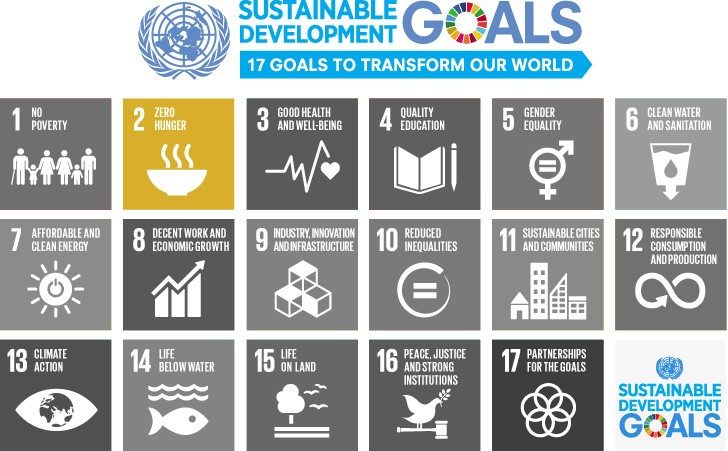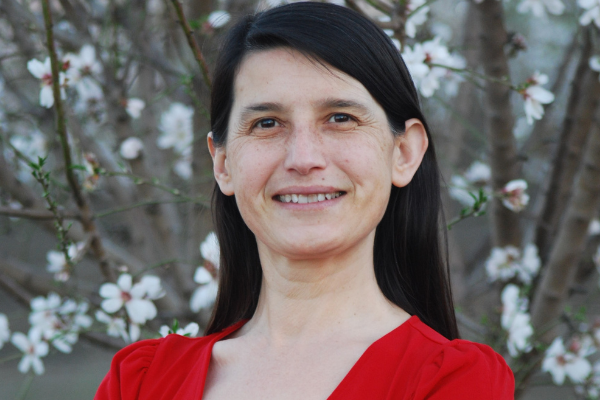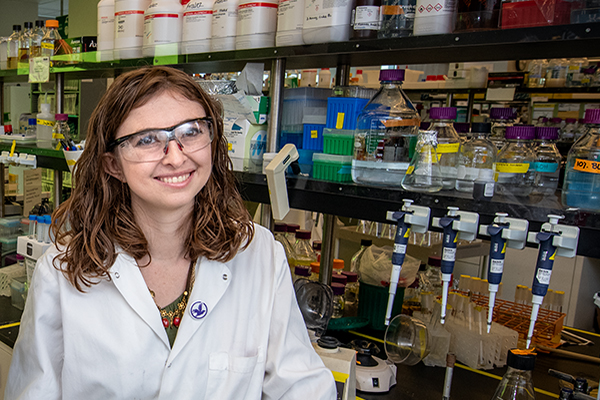Without a profound change in the global food and agriculture system, the world is not on track to achieve the United Nation’s goal of Zero Hunger by 2030, which aims to nourish the more than 690 million people who are hungry today. To feed the almost 10% of the world population suffering from starvation, we must safely increase agricultural productivity and sustainable food production with innovative cutting-edge technology.
Join us for the second Frontier Friday broadcast of 2022 as Research Chemist, Michael Appell of the U.S. Department of Agriculture discusses recent computational approaches to designing and synthesizing novel food protection against mycotoxins and Distinguished Professor and Chair, Omowunmi “Wunmi” Sadik of the New Jersey Institutes of Technology discusses advances in ChemBiosensors and Sustainable Nanotechnology that combat plant based pathogenic microbes.
This ACS Webinar is moderated by past ACS President H.N. Cheng and Mike Morello of ACS ComSci & ACS AGFD and is co-produced with the ACS Committee on Science and the ACS Division of Agricultural and Food Chemistry as part of the 2022 Frontier Fridays series.
What You Will Learn
- How mycotoxins and pathogenic microbes impact the safety of the world’s food supply
- How novel technology and new methods can detect and reduce exposure to mycotoxins and pathogenic microbes in food and beverages
- How a combination of nanotechnology, analytical chemistry, predictive modeling, and materials science are being used to combat food contamination














